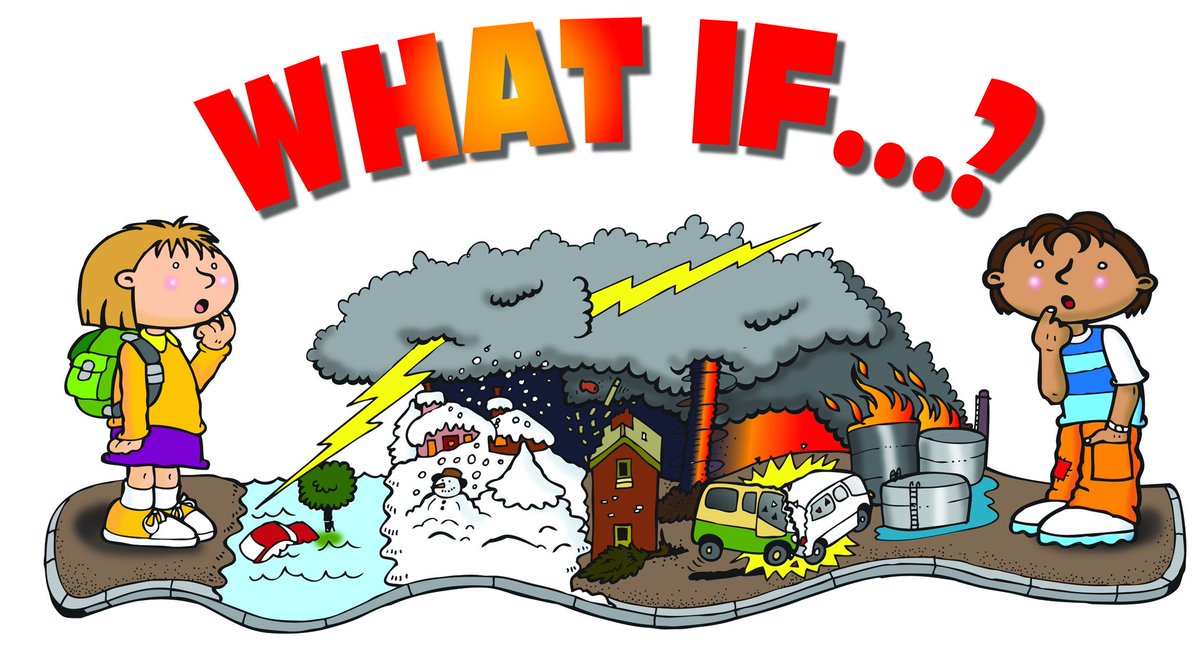Emergency Preparedness with Children
- Keep it positive: empower and reassure
- Interest: build interest by engaging via age appropriate stories and activities
- Do it right: get a kit, make a plan, be informed
- Simulate : practise and review at least once a year, make it easy and fun
| How to talk to Children about Emergency Preparedness Be reassuring and positive. Do not terrify children and young people. Tell them that disasters and emergencies are something that can happen and that it could hurt people and cause damage. Explain that nature sometimes provides ‘too much of a good thing’ (rain, wind, snow, fire) and talk about typical effects that children can relate to, for example the loss of electricity or water and what that means. Give some basic and not overly dramatic examples of what could happen in your area and mention early warning signs and how you are prepared for such emergencies and what the young person should do.
Guidance for Parents how to help Children in the aftermath of an Emergency or DisasterGood resources include: "Supporting Children after a traumatic event" (NHS, archived 2019); British Red Cross Emergency tips ; Article in The Conversation: Children aren't liabilities in disasters - they can help, if we let them. USA: FEMA Helping children cope with disaster; CDC Caring for children in a disaster; ReadyGov Helping Children Cope; UN / UNESCO Parent's guide for Disaster Risk Reduction; NCCEV Parent’s guide for helping children in the wake of disaster In addition, find out more about Cuidar, a child-centred disaster management framework for Europe for those working in the field to engage with young people in emergency planning and disaster risk reduction.
Emergency Preparedness Stories for ChildrenEssex County Council Emergency Planning Service has a series of online books, Hampshire and Isle of Wight have Susie childminder books and our virtual library holds several bookshelves to explore and choose resources from. UK story books: Katie and the Floods; Joe and Storm Desmond; Moggy is coming; Emergency Preparedness Games and ActivitiesThemed games and activities include:
BE PREPARED - NOT SCARED! |
|
|
|






